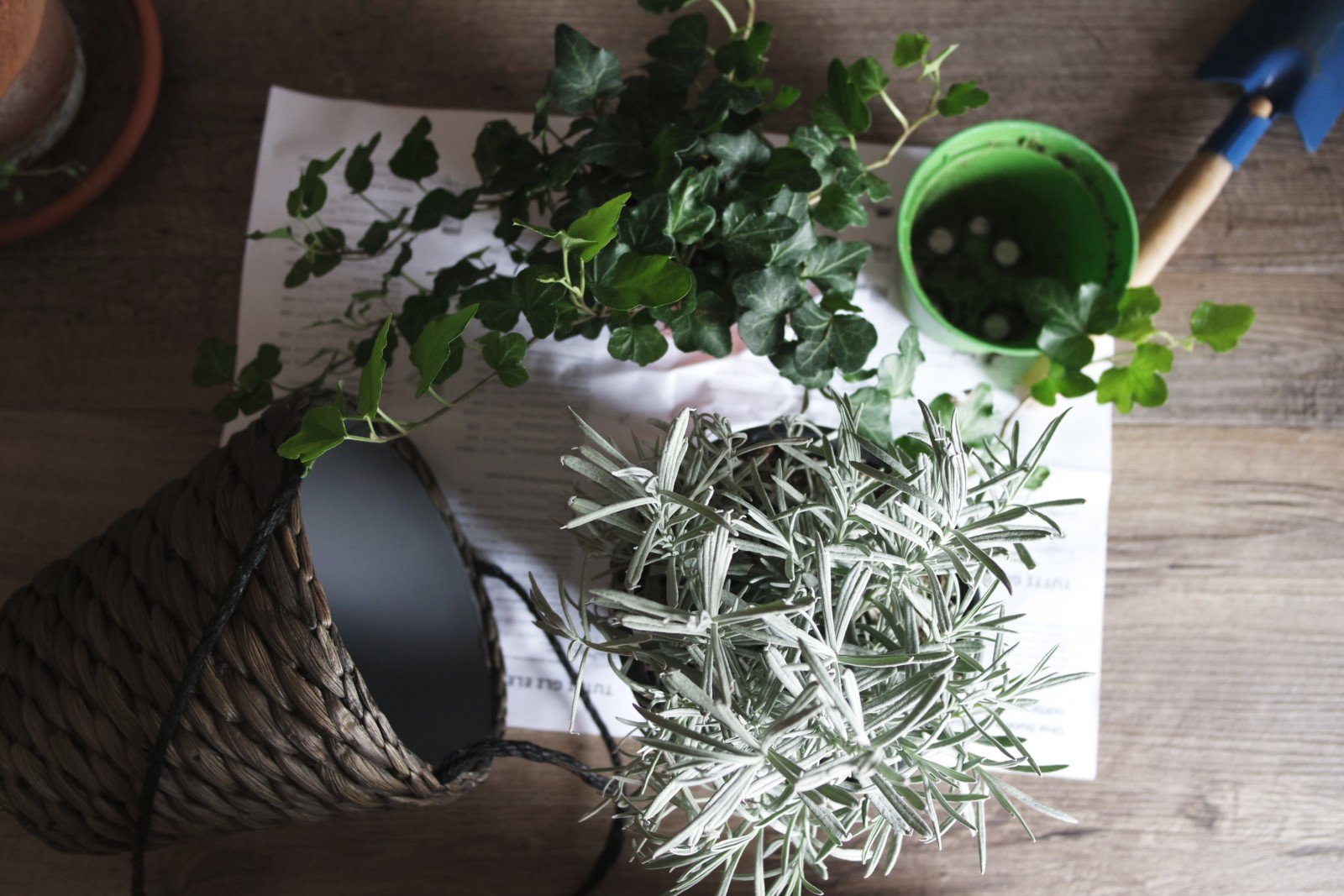How high does your garden grow?
Inner city living presents a challenge to those who love to get their hands dirty in the garden. With minimal space available, creating a thriving garden can seem an insurmountable task.
A vertical garden might be the answer. Growing up, not out, means you can probably incorporate more greenery into your home than you think. A vertical garden is a fantastic way to add ambience and atmosphere, especially in a small space. They are often easy to maintain, and they don’t need to be expensive. While there are landscaping companies that create elaborate vertical gardens for offices and public spaces, it’s surprisingly simple to create your own version at home with repurposed materials and basic supplies from your local nursery. A small balcony is a great option for a vertical garden, although any spare wall will do. You can even create indoor versions, although you’ll need to give consideration to watering systems and ensuring plants get adequate sunlight.

Here are some ideas for designing a vertical garden to suit whatever space you have available:
Reuse and repurpose
There are multiple ways that discarded objects can be incorporated into a vertical garden. For example, old shipping pallets can have landscaping fabric attached to one side and then be filled with soil; seeds can be planted in the gaps between the planks. The finished product can be propped against a wall so the plants grow up and out.
An old ladder can simply lean against a wall, so small pots can sit on the steps. Hooks can be used to help keep the ladder stable.
A hanging shoe organiser can easily be transformed into a vertical plant holder, while stacked crates or old pots and buckets suspended from a wall or frame also work.
As well, old gutters can be attached to a wall at varying heights and filled with soil and small plants.
Pouch plants
Many nurseries sell pouches made from recycled cloth that can be attached to a wall and filled with soil to grow small plants. If attaching them directly to the wall isn’t feasible, use a wooden or wire frame to support them
Hang it
Hanging gardens are a striking option. Hanging planters and frames are easily purchased, or DIY-ers can create their own with wooden planks and rope. Make sure you have a solid beam or roof structure to suspend your garden from (keep in mind the frame can become very heavy once filled with soil and plants).
Grow up
A simple option is to grow a vine up a trellis. Plant your vine in a pot, position the trellis behind it, and then coax it upwards. Twist ties can be used to encourage the plant to grow in the desired direction. This can be purely decorative or you can grown beans, tomatoes or cucumbers
Here are some types of plants suited to vertical gardens:
- Vegetables and herbs are great options. They are often easy to grow and smell fantastic, too. Choose varieties you use frequently when cooking.
- Many types of ferns work well in shaded spaces, ideal if you have a balcony that doesn’t get much direct sun.
- The Japanese iris is a showstopper – when growing vertically, its green leaves cascade downwards like a waterfall.
- Bromeliads grow in very little soil, and have colourful leaves and long-lasting flowers.
- Hoya is a climbing plant with glossy leaves and striking, waxy flowers.
An impressive vertical garden is within your reach!

